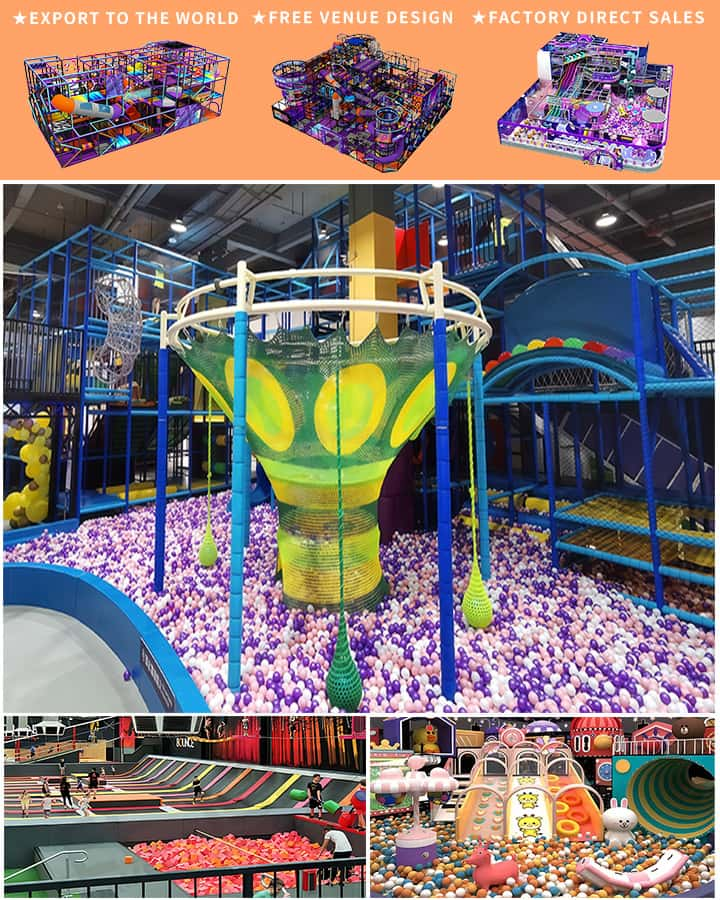Creating a safe and engaging playground for children requires careful planning and a thoughtful selection of equipment. However, one critical aspect that often concerns parents, community leaders, and business owners is the cost associated with children’s playground equipment. This article aims to provide an overview of the costs involved, the factors influencing these costs, and some tips on how to manage them efficiently.
Factors Influencing the Cost of Playground Equipment
The price of playground equipment can vary significantly based on several factors, including:
Type of Equipment: Basic playgrounds may only require simple swings and slides, which are relatively inexpensive. In contrast, more complex structures like climbing frames, zip lines, or custom-designed play areas will be more costly.
Material Quality: The durability and safety standards of the material used in playground equipment can greatly affect the cost. High-quality materials such as commercial-grade plastic or treated wood are more expensive but offer better longevity and safety.
Size and Capacity: Larger playgrounds designed to accommodate more children will naturally have higher costs due to increased material and labor requirements. Similarly, specialized equipment for children with disabilities might also add to the overall expense.
Installation and Maintenance: Proper installation by professionals and ongoing maintenance are crucial for safety and longevity, both of which incur additional costs. Some playground kits might come with free installation, while others may require hiring specialists, adding to the initial investment.

Average Costs
While prices can vary, here are some general estimates:
Basic Playground Sets: These typically range from \(500 to \)2,500. They usually include simple elements like swings, slides, and climbing structures.
Mid-Range Playgrounds: These can cost between \(2,500 and \)10,000. Such setups may feature more complex structures, multiple play areas, and better materials.
High-End Playgrounds: For fully equipped and custom-designed playgrounds, costs can exceed \(10,000 and even go up to \)50,000 or more, depending on size and complexity.
Safety Surfacing: Additional materials like rubber mats, wood chips, or sand are essential for safety and typically add another \(1 to \)3 per square foot.
Cost-Saving Tips
For those looking to build a playground without breaking the bank, consider the following tips:
Research Grants and Funding: Many government programs and non-profit organizations offer grants or funding opportunities for community playgrounds. Exploring these options can help offset the costs.
Buy in Bulk: Purchasing multiple items at once can sometimes reduce the per-unit cost. Look for bulk deals or wholesale suppliers.
DIY Where Possible: If you have some handy skills, you might save money by building certain elements yourself. Ensure that any DIY projects still comply with local safety regulations.
Use Multi-Purpose Equipment: Opting for multi-functional pieces can maximize space and use. For example, a climbing wall that doubles as a seating area can be both fun and functional.
Plan for the Future: Investing in high-quality materials and professional installation upfront might seem costly initially but can save money in the long run by reducing maintenance and replacement needs.
Conclusion
The cost of children’s playground equipment varies widely based on the type, quality, and complexity of the setup you desire. Understanding these variables and planning carefully can help you create a safe and enjoyable play area within your budget. Whether you’re a parent setting up a backyard playground or a community leader developing a public space, being informed about the costs involved will enable you to make smarter financial decisions.




